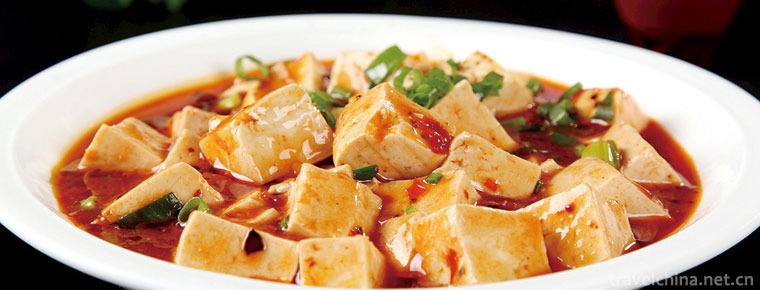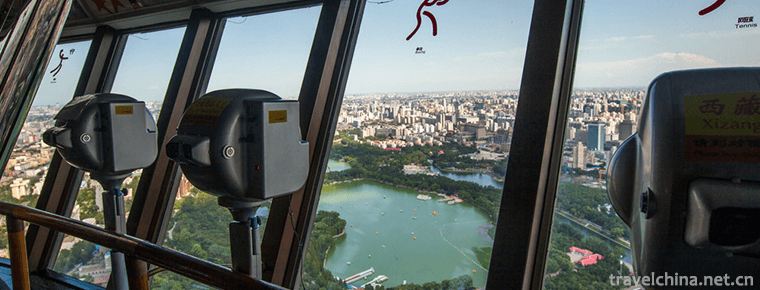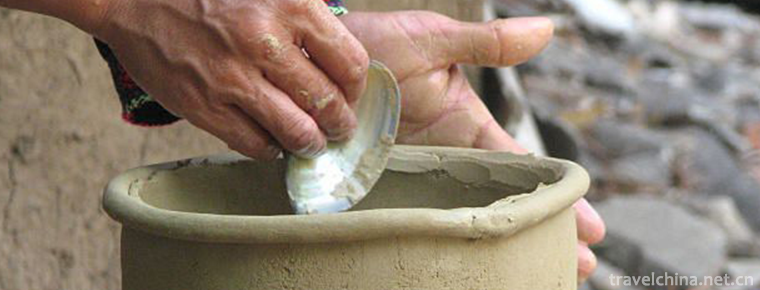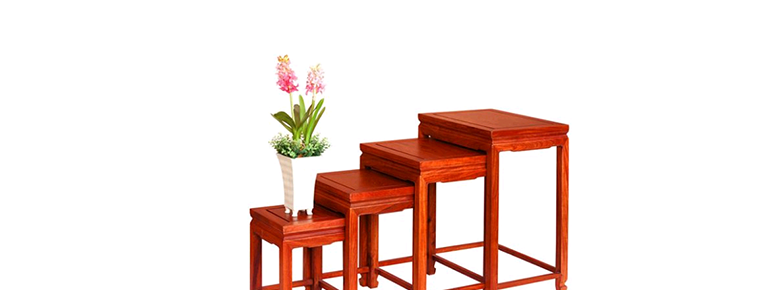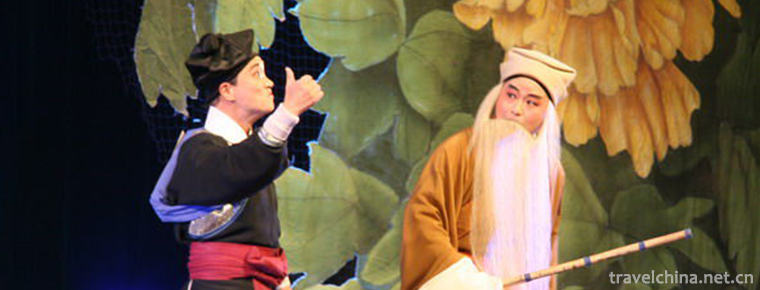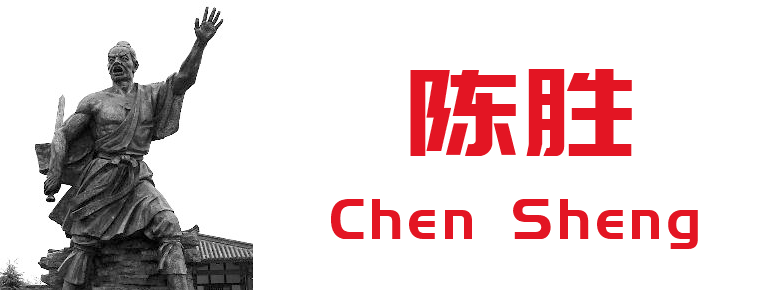Duodi dances
Duodi dances
Multi-place dance, Tibetan folk dance, is a unique way for Tibetan people to dance and sing. It mainly distributes in three areas of Zhouqu County, Gansu Province, namely Shanghe area (Shanghe film), Xiahe area (piedmont film) and back mountain area (piedmont film). Duodi Dance has a history of more than 1,000 years. Duodi Dance consists of "Duodi", "Jiarang" and "Dianlu". There are more than ten kinds of Duodi Dance, such as Laisaduo Dance, Gebanduo Dance and Gongbian Dance. They are all dances performed by local Tibetan people during festivals such as festivals, harvest, sacrifices and folk customs. Duodi Dance is the second batch of national intangible cultural heritage catalogue projects and the first batch of Gansu intangible cultural heritage catalogue projects.
historical origin
According to the records of Zhouqu County, from 770 BC to 221 BC (Spring and Autumn Period and Warring States Period), Zhouqu County was the residence of Qiang and Di nationalities. In 756 AD, the Tubo Eastern Expedition enlarged the area of Tang Dynasty, Zhouqu County City collapsed, and when the Song Dynasty recovered the area, some of the Tubo Army and their families and the Qiang slaves who were enslaved in the war settled in some areas of the county. In particular areas, the formation of a unique dialect, clothing, and customs and habits, and then formed the Houbeishan villagers. After the victory of the war, in order to celebrate the victory, men and women mixed to provoke the dance of Jackie Chan's wagging tail and imitating the Tiger Leaping forward. The ancient Qiang language called it "Luoluo Dance". The first Luo character is the entering tone, meaning the dragon; the second Luo is the silence, meaning the tiger, which is obviously a simple reflection of the symbol and cultural connotation of the ancient Qiang people's dragon and tiger totem worship in Bailongjiang River Basin. Because of its remote location, traffic jams are unknown to outsiders. Until 1958, the county held the first folk traditional singing and dancing performance, Tieba Township was the first to put "Horsebell Dance" on the stage, and "multi-place" dance began to spread and develop abroad.
Forms of expression
Luoluo Dance is the later Zhouqu Duodi Dance. With the continuous development of the later period, the Duodi Dance derived from different regions has certain differences with Luoluo Dance, and different dances have different forms and meanings. According to the survey at the beginning of the 21st century, there are more than ten kinds of multi-place dances, such as Lesado, Gebando and Gongbian. They are all dances performed by local Tibetan people during festivals such as festivals, harvest, sacrifices and folk customs.
1. In Lesado, the dance of New Year's Day is mainly about blessings, which integrates poems, songs and dances. You can jump at home or on the outdoor lawn. There are more than thirty or fifty participants. The participants are all women. There is no age limit. The clothes must be traditional style, but the colors can be matched at will, especially the headwear, braids and braids. Its basic form is to form a circle, hand in hand with each other, while singing and dancing.
2. Gongbian is a popular dance in Boyu Township of Zhouqu. Tibetan women in Boyu gather a large number of flowers on the day of Flower Festival, insert them into each other's head and waist, then hand in hand in a circle on the forest grassland, dancing many happy dances to celebrate and pray.
3. Maqianduodi, or Ma for short, is also known as martial arts or martial arts. The whole process of ritual sacrifice, martial arts, battle and martial arts is used to reproduce the situation of ancient inter-clan warfare. The main movements are bending and walking. The combination includes side bowing, peeping with weapons, rushing, dodging, shooting and drilling.
4. Jiang Laduo, also known as Jiare, has a rich singing content, including the history of creation, ethnic history, village history, culture and customs, and so on. There are 12 zodiac signs, 24 solar terms, laws of animal and plant growth, farming, the imparting of ethical and moral knowledge and so on, which are all included in the collective dance during the festival or the celebration of harvest, mainly women. At orgasm, men dance around.
5. Jiarang is a group dance dominated by women. When dancing, they form circles hand in hand, take their feet in the air and make a festival on the ground. One person rings the bell to lead the singing. Everyone sings in harmony or in shifts. Jackie Chan wags his tail and moves like a tiger. From slow to fast, the faster the jump, the more enthusiastic and joyful the mood changes from slow song to fast singing and dancing atmosphere. Dianlu is the same as the above part.
Dance content
Duo-di dance is composed of "Duo-di", "Jia-Jean" and "Dian-lu". The first movement of "Duo-di" is three times above the head and three times at the foot. It means that the ancestors made such a breakthrough in the world. It talks about the origin of the sun, moon, stars, mountains, lakes and seas. It comes from the sky, clouds, mountains, forests, grasslands, lakes and seas, and praises the benefits of these objects to the nation. It also describes them. Some strange changes in natural landscape, etc.
"Jia Jean" is a group dance with women as the main part. When people dance, they join hands in a circle, take their feet in the air, then immediately for the rhythm, one person rings the bell to lead the singing, and everyone sings in harmony or in shifts. From a distance, people dancing like dragons wagging tails, like tigers leaping forward, from slow to fast, jumping faster and faster, emotional warmth and joy, from slow songs to fast singing and dancing atmosphere after the end of the transition to "dianlu", words are full of joy and joy.
"Dianlu" is a song and dance at the end of many dances. The circles formed in "Jiarang" are divided into two rows. The feelings to be expressed are mainly to praise the hometown, the scenery of mountains and rivers, the beautiful life, the celebration festivals, the temples, the Lamas, the living Buddhas and the distinguished guests.
Artistic characteristics
Because most Tibetans in Zhouqu County live on high mountains, women mainly carry water, their upper limbs are simple, and their activities are mainly in the lower part, so the movements of many dances are mostly below the waist. The beauty of "along the side" of plateau ethnic groups often appears, that is, the "along the side" of hands and feet is formed. In many dances, women are characterized by body pitch, hip rotation, knee shaking, shoulder and chest slightly moving, upper body is relatively stable, upper limb opening is not large, with footsteps and rhythm, which highlights the prominence of women's chest, waist softness, buttocks abundant. Compared with the grassland nationality's long arm sleeve stretching and the rough state of big arms opening and crossing, the female dancing posture of Zhouqu Tibetan nationality shows the shy, quiet, elegant and beautiful character of the mountain Tibetan nationality. Its body language is the image expression of the geography, production and personality of the mountain people.
Inheritance situation
Multi-place dance mainly distributes in three areas of Zhouqu County, namely Shanghe area (Shanghe area), Xiahe area (front area) and back area (back area). Many local dances are inherited by villages from generation to generation, and the inheritance of dances is determined by Tibetans. Even many Han people who are very close to each other can not dance, or even do not know how many local dances are performed. Because of the different languages and inconvenience of transportation, there are less exchanges among Tibetan villages. There are also great differences in dance movements. In many areas, even the names of dances are different.
Because multi-dance belongs to the type of collective dance, its movements are simple and easy to learn. After the emergence of multi-dancing, there is basically no change in movement, so there is no big problem in movement learning. The young people in the village do not have to pay special attention to their teachers and learn art. They only need to observe their elders'dancing in the usual festival activities to acquire it naturally. Most of the young people in the village are very happy to learn this kind of dance. Many dances take a lot of time to prepare for each performance, and costumes are expensive, so many young people are unwilling to spend too much on dancing. Some elderly people who are skilled in multi-dancing art have lost the "economic power" of their families and have little investment in multi-dancing.
The traditional Tibetan costumes should be worn for multi-dance. According to different age groups, different costumes should be worn. From the age of seven, parents should prepare costumes for girls. Seven to fifteen is one set, fifteen to twenty is one set, and then another. Every dress is worth a lot. A silver plate on the dress costs 4,000 to 5,000. Every formal performance should be prepared one week in advance. Every performance has to pay a great price. The large cost has caused great obstacles to the spread of multi-dance.
Li Zhaxi, a villager of Heiyu Village in Maoban Township, is the only representative inheritor of the multi-place dance national intangible cultural heritage project. Li Zhaxi learned Tibetan Buddhist culture from an early age and was familiar with various religious rituals. He had a deep study of various forms of multi-place dance.
Multi-dance is not only a kind of dance, but also closely linked with religion. There are unwritten rules about its performance time, and it can not be performed at will. Due to the lack of funds and dangerous mountain roads, the staff have seldom gone to the countryside, and the natural protection measures are not in place. On the other hand, due to various reasons, it is difficult to bring the pure multi-dancing out of the mountain area for recording, sorting out and performing. Therefore, the multi-place dance living in the mountains is rarely mentioned by the outside world. On the one hand, with the loss of its own inheritance, on the other hand, with the adaptation of the multi-place dance outside, the original and pure art form and style of multi-place dance are not well preserved, and the situation of inheritance and development is even less optimistic.
protective measures
The government of Zhouqu County and the specific cultural departments (Culture and Sports Bureau and Cultural Museum) have made great efforts in the protection and inheritance of multi-place dance. Zhouqu County clearly put forward the "government-led" multi-dance protection in the government's paper. Since 2007, Zhouqu County has invested a total of 500,000 yuan in the funds devoted to the protection and development of multi-dance. Six aspects of work have been done: 1) recording and video recording of dance process with modern technology to preserve original and complete audio-visual materials; 2) making and preserving local traditional dance costumes; 3) setting up multi-site dance troupes to provide special training for young people; 4) strengthening the protection measures for folk artists and inheritors, and providing them with necessary subsidy for life; (2) establishing and improving multi-site dance troupes; The database of dance heritage data encourages the old artists to pass on, help and bring up new inheritors. _By organizing large-scale literary and artistic performances, multi-dance can better promote the publicity and development of multi-dance.
In 2007, the organizers conducted a census of multi-place dance, and in 2008, the census results were classified and filed, and the "Zhouqu multi-place dance art protection regulations" were formulated. At the beginning of 2010, Zhouqu County government departments established a "multi-place dance art protection center", planning to establish archives and effectively protect old and new artists.

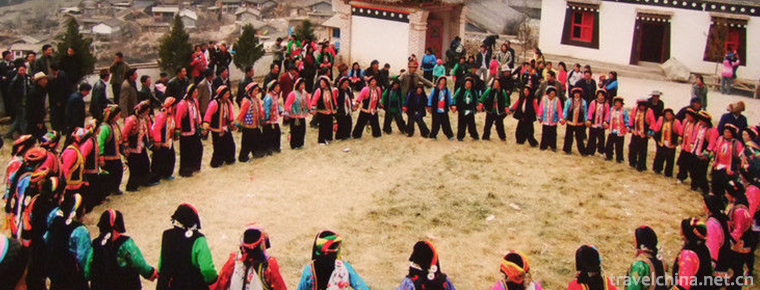
-
sauteed tofu in hot and spicy sauce
sauteed tofu in hot and spicy sauce is one of the traditional dishes in Sichuan.
Views: 207 Time 2018-10-12 -
The Qiaos Famaily Compound
The Qiao's Famaily Compound: National AAAAA-level tourist attractions, national key cultural relics protection units, national second-level museums.
Views: 154 Time 2018-11-24 -
Central Radio and Television Tower
The Central Radio and Television Tower, now a national 4A scenic spot, is located on the west side of West Third Ring Road, Haidian District, Beijing. Near the Space Bridge, it faces beautiful Yuyuant.
Views: 142 Time 2018-12-22 -
Wu Songgun Taiwan Wetland Forest Park
Wu Song Gu Taiwan Wetland Forest Park: Wu Song Gu Taiwan Wetland Forest Park with a total area of 53.46 hectares is located in the eastern part of Baoshan District.
Views: 190 Time 2019-02-22 -
Dai Medicine Sleeping Drug Therapy
Sleeping pill therapy, one of the ten traditional Dai medicine therapies, is the third batch of national cultural heritage in Yunnan..
Views: 160 Time 2019-04-24 -
Heap harmonics
"Heap Harmony" first spread in the Yarlung Zangbo River Basin, the high terrain west of Shigaze to the whole area of Ali circle dance, and later gradually prevailed in Lhasa. It was the firs.
Views: 96 Time 2019-04-28 -
Hui Nationality Medicine
Hui medicine is the product of the combination of Chinese traditional medicine and Arab-Islamic medicine. Arabs began to develop science and culture when other European countries had not yet separated.
Views: 315 Time 2019-05-04 -
Primitive Pottery Making Skills of Li Nationality
The primitive pottery making technique of Li nationality, the traditional handicraft technique of Changjiang Li Autonomous County, Hainan Province, is one of the national intangible cultural heritages.
Views: 182 Time 2019-05-13 -
Ming style Furniture Making Skills
Ming-style furniture production techniques began in the Five Dynasties, after the Song Dynasty, including Liao and Jin Dynasties. In the Ming Dynasty, it reached a brilliant peak and developed into di.
Views: 115 Time 2019-06-05 -
Xi Opera
Xiju opera, one of the national intangible cultural heritages, is popular along Shanghai and Nanjing, as well as in Hangzhou, Jiahu, Huzhou and urban and rural areas of southern Anhui..
Views: 140 Time 2019-07-01 -
Chen Sheng
Chen Sheng? In the first 208 years), Yangcheng (now Southeast of Dengfeng, Henan) To talk about southwest of Shangshui County in Henan today People. One of the leaders of the peasant uprising in the l.
Views: 209 Time 2019-09-07 -
Natural resources of Panzhihua
Panzhihua is rich in hydropower resources, with theoretical reserves of more than 6.879 million kilowatts and exploitable capacity of 5.994 million kilowatts. The distribution of hydropower resources in Panzhihua area is concentrated, mainly distributed in the Jinsha River and Yalong River, as well as the tributaries of Anning River, Yongxing River and Tengqiao river..
Views: 294 Time 2020-12-14
